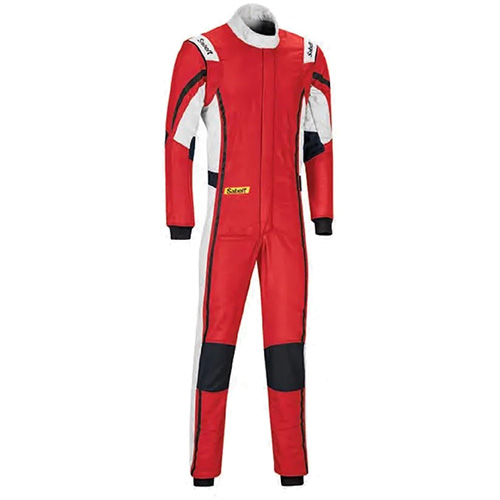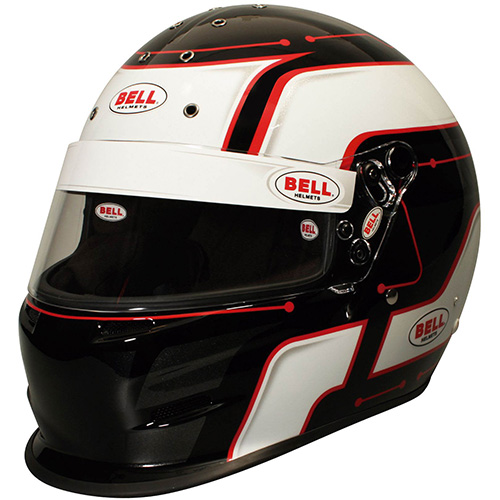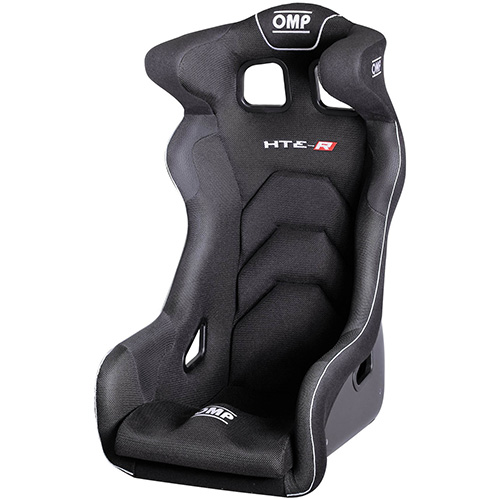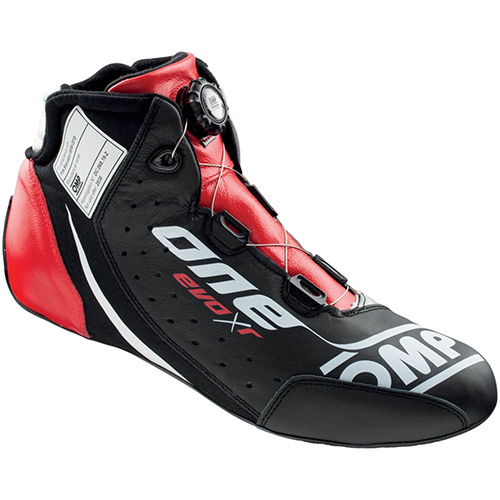Driven: 2009 Pontiac Solstice GXP Coupe
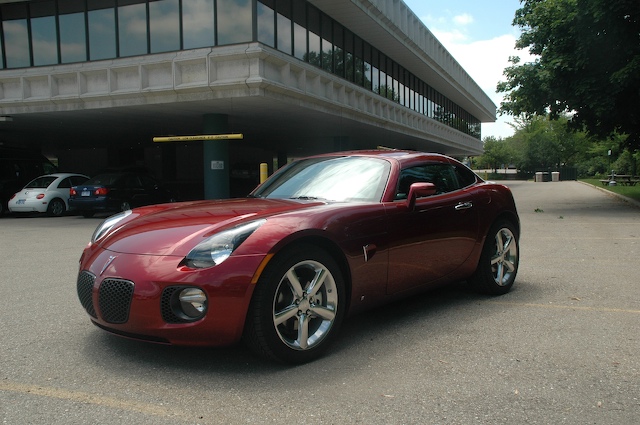
The Pontiac Solstice GXP Coupe is a conundrum. Despite its reassuring specifications and sporty body, the car has a love-it-or-hate-it attitude surrounding it. It doesn’t have the rumbly, big displacement engine people expect in an American rear-drive performer. The GXP’s direct-injection, 2.0-liter, turbocharged engine makes more sense for a vehicle like the Solstice, even if it doesn’t summon the emotional response associated with typical Americana. So, to try to wrap our heads around this strange, small creature, we wedged ourselves in the cockpit, and fired her up.

The 2009 Solstice GXP produces a symphony of strange noises. The first thing we noticed was a loud ticking, especially at idle, that rises with the RPMs until road and wind noise drown it out. We have heard the same noise in other engines, though not as pronounced as this (unless of the diesel variety). After some research, we’ve come to find it is just the sound of high-pressure direct injection. The whoosh sound of the turbo is another common noise that is also present in the GXP, as is the sound of the blow off valve. In the GXP, though, the blow off gives a sharp toot, like someone playing a note on a flute. While alien sounds don’t necessarily indicate anything good or bad, it left us feeling unsure about our upcoming romp, especially when combined with the creaking of the removable hard top.
Despite the odd noises, the Solstice GXP feels very balanced and planted on the road. The low center of gravity, of course, helped this, but the Solstice held on as we pushed it hard through curves.
The steering, on the other hand, didn’t inspire the same amount of confidence, initially. Although it didn’t feel too light, it felt imprecise and doughy, and we found ourselves having to make constant little adjustments to keep it aimed where we wanted it. And while we wanted to say that the lack of connection between the steering wheel and the wheels holds the GXP back, we found ourselves adjusting our driving to the steering feel, eventually pushing the car through corners with higher levels of adrenaline.
Once we grew tired of being nannied, we pressed the traction control button once to turn it off. This gave us a sense of greater involvement, and the overall handling seemed to improve as we were able to apply more power during turning, which the Solstice accepted and transferred solidly to the road. Pressing the button twice puts the GXP into Competitive Mode, which limits, but doesn’t turn off, the Electronic Stability Control. For us this was the perfect balance of response and control. In this mode, we could get the rear end out during hard turns, and imparting a sense that the Solstice GXP would be an amazing little autocross car.
The suspension in the GXP could be divisive as well, depending on the needs and outlook of the particular driver. While it provides good feedback and absorbs many smaller surface irregularities, the car seems to land hard through even smaller dips and bumps. This causes a generous amount of jostling, but not enough to put off a true enthusiast driver. It only poses a real problem when, instead of simply allowing one to feel the road, it affects the balance and steering of the car.
 The removable hard top makes little sense. It sounds terrible on the road, it invades headspace, and it’s quite heavy and awkward to remove. There’s no place to stow it on the vehicle, so one has to leave it behind for top-off motoring, a risky venture in a place with as unpredictable weather as Michigan. We think the convertible soft top is a much better, and slightly cheaper, option (not to say the soft top doesn’t have drawbacks of its own).
The removable hard top makes little sense. It sounds terrible on the road, it invades headspace, and it’s quite heavy and awkward to remove. There’s no place to stow it on the vehicle, so one has to leave it behind for top-off motoring, a risky venture in a place with as unpredictable weather as Michigan. We think the convertible soft top is a much better, and slightly cheaper, option (not to say the soft top doesn’t have drawbacks of its own).
Another huge drawback to the GXP coupe was the interior. It is cramped, and larger drivers may find themselves on the verge of claustrophobia. This sensation is worsened by the fact that it is nearly impossible to reach the window controls, which are place toward the rear of the armrest, without using one’s opposite hand. Only a contortionist could reach the knob to adjust the seat back position. View is limited in the rear, on the sides, and, with the top on, overhead. Furthermore, the materials and design of the interior feel cheap. For an otherwise good driver’s car, the interior alone could be a deal breaker on the dealership lot.
Or, then again, maybe not. The reactions we got from other drivers while we were behind the wheel of the Solstice were wildly positive. It seems, too, that the vehicle has a large enough base of people who love—and we mean absolutely head-over-heels love—this machine, and so, while we were left scratching our heads after our time with the Solstice GXP Coupe, most everybody else had their thumbs up. When a car is this unique, and this much fun to drive, many enthusiasts are willing to look beyond strict practicality in favor of real involvement.
